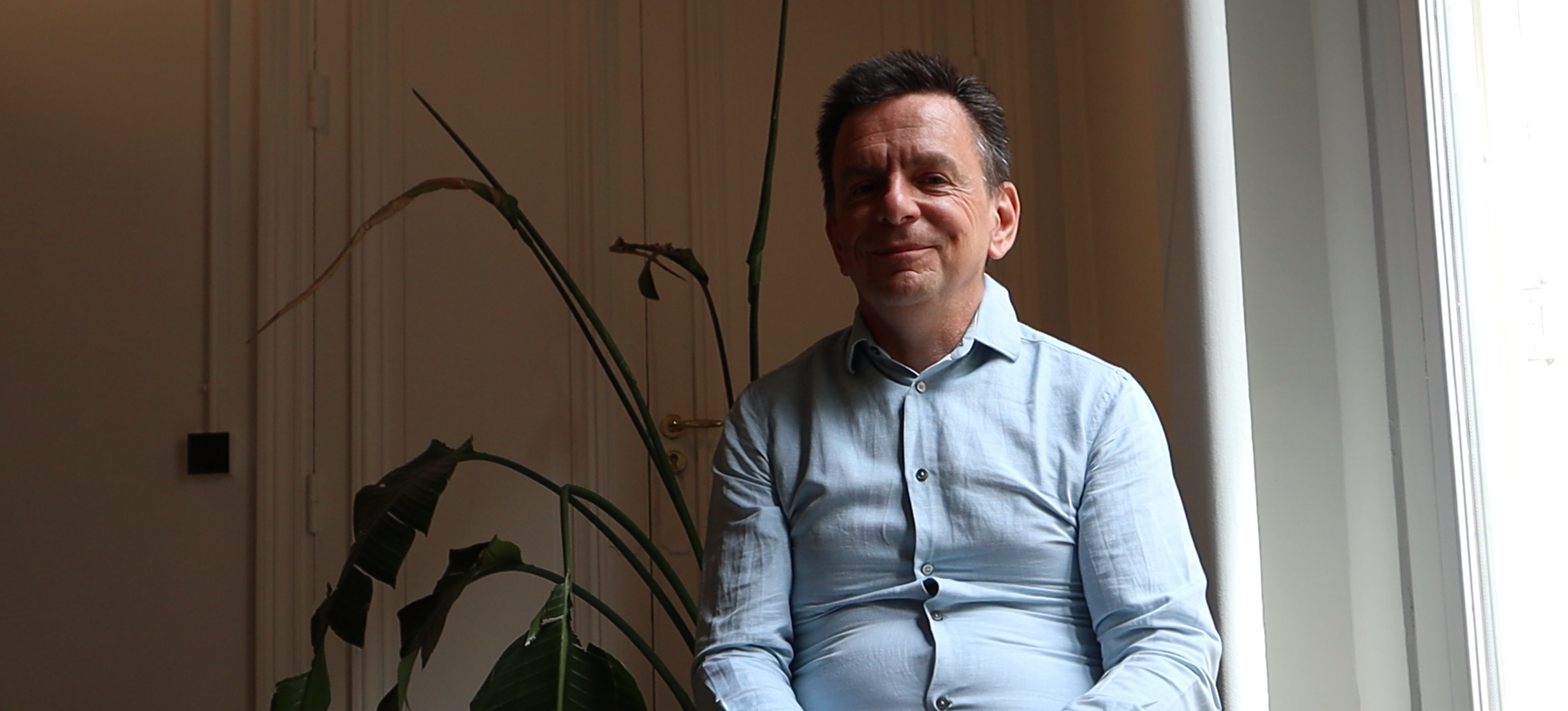Written Interview Summary | Tools for Collection Development
What are the tools to manage collection development? What do you think of these tools?
In the vast majority of companies, these instruments are managed in Excel files, which has the advantage of being understandable by all. It’s quite synthetic. But this simplicity is offset by many drawbacks:
- Obsolescence: the Excel file is already outdated after being validated. As soon as there is new information, we are obliged to reintegrate the information, then to validate it again, and the validation time is very short.
- Restrictions on teamwork: it is complicated to manage Excel files between different people
- Reporting: it’s complicated to consolidate, to be fast, exhaustive, and not to have made any mistakes.
- No confidentiality: files can easily be reopened, and some information circulates when it should not have circulated.
- No interface possible with any other IT system: ERP, or other IT systems of the company. It’s very dependent on your own system.
What better tools would you recommend?
- Wrike : a slightly improved management tool.
- Airtable: no code, interfaced with databases, so constantly being updated. There is no more obsolescence.
- Winddle: a logistics database solution that allows us to track all of our production and logistics for collection arrivals, so that we have information in real time.
- PLM (Product Lifecycle Management): collection development software, which allows to follow each step, and that each team involved in the development of the collection can enrich this sample; which progressively advances towards more maturity. Today, 4/5th of fashion companies have a PLM.
The post-covid economic recovery has not been easy for everyone, how would you analyze this recovery?
It was quick and very effective for companies that had opportunities in China. On the other hand, in terms of production, it was often very complicated, because the covid blocking situations were very different from one country to another, and the countries that were not open could be dependent on the countries that were not re-opened. The comparative advantage of buying far away in terms of price is completely annihilated by this, and this leads to the question of the countries of production: where to have the products manufactured, where to have reliability, where to develop relationships…
What are the solutions to be put in place?
The solution is to evaluate each supplier with whom we have a commercial relationship, in terms of quality of service, follow-up, pricing… To project into the future also, to consolidate the relationship, because on the suppliers’ side, there is a great insecurity. We have to reassure the supplier, visit him, which also allows the product managers to see the industrial reality of the collection. This environment must be strengthened, and proximity must be encouraged.
- https://cabinet-management-transition.com/retour-experience-nathalie-varenne-meyer/
- https://cabinet-management-transition.com/les-4-facteurs-cles-du-succes-dans-les-situations-de-crise/
- https://cabinet-management-transition.com/situation-du-transport-aerien-et-du-tourisme-interview-gilles-ringwald/
- https://cabinet-management-transition.com/manager-international-expatriation-commuting-management-de-transition-etranger/
- https://cabinet-management-transition.com/transition-des-organisations-succes-de-la-transformation-digitale/
- https://cabinet-management-transition.com/blog-recrutement-manager-de-transition-directeur-d-usine-quelles-qualites/
